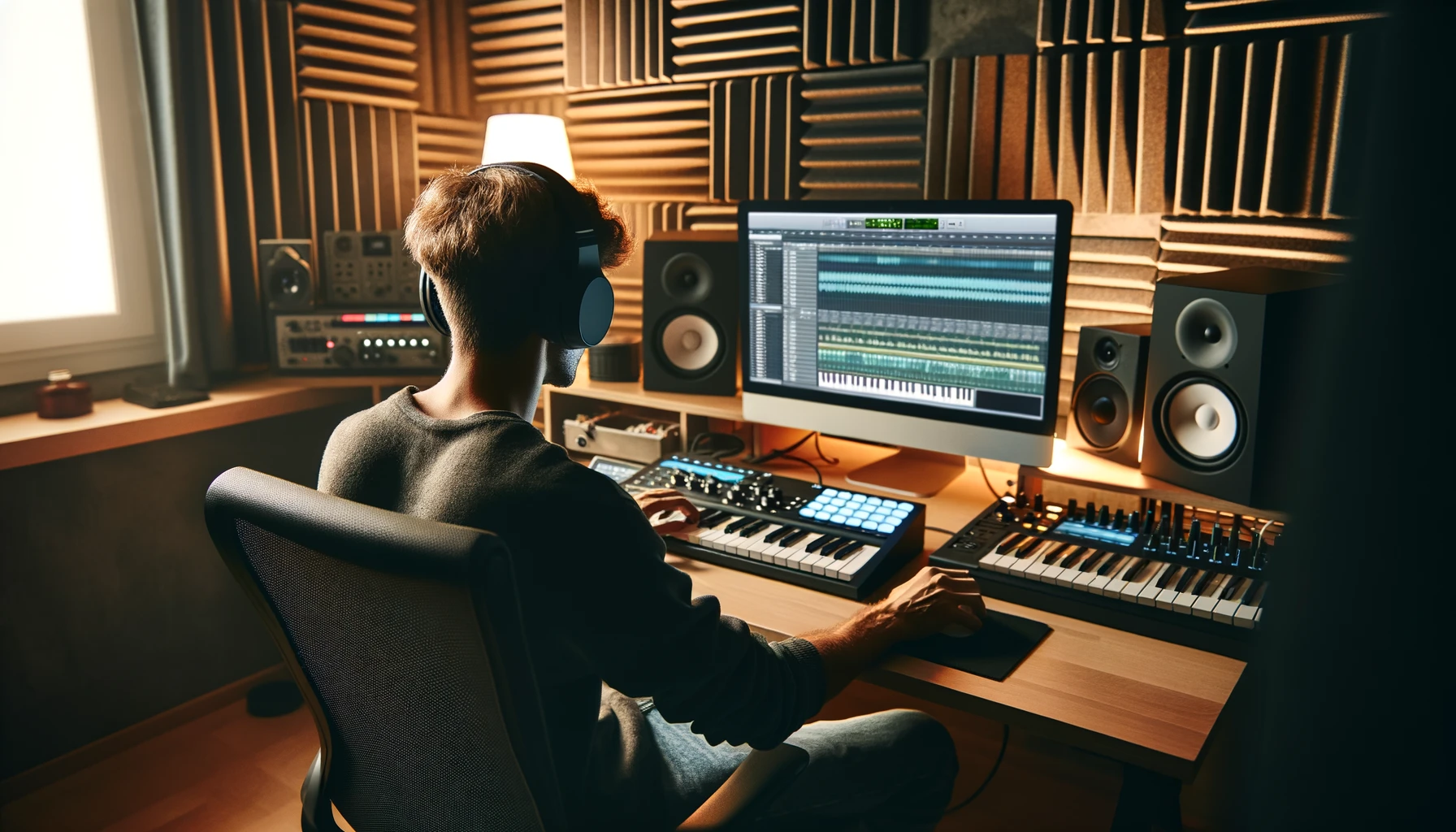Hey there, audio enthusiasts! Whether you’re a budding producer or a seasoned musician, knowing how to use audio effects can take your mixes to the next level. Let’s break down some essential audio effects – reverb, delay, compression, and equalization – and see how you can use them to enhance your sound.
Basic Audio Effects
Reverb
Reverb, short for reverberation, simulates the sound of your audio in different spaces. From a small room to a large hall, reverb can add depth and space to your mix. It helps to create a sense of environment and can make a track sound more natural or ethereal.
How to Use It: Apply reverb to vocals to add warmth, or use it on instruments to create a sense of space. Be mindful of the decay time and mix level to avoid muddiness.
Delay
Delay is an effect that records an audio signal for playback after a set period. This creates echoes and can add a sense of rhythm and fullness to a track.
How to Use It: Use short delays for slapback effects on vocals or guitars. Longer delays can create rhythmic patterns or atmospheric textures.
Compression
Compression reduces the dynamic range of your audio, making the loud parts quieter and the quiet parts louder. This helps to even out the levels and add punch to your mix.
How to Use It: Apply compression to vocals to keep them consistent in the mix or use it on drums to add punch. Adjust the threshold, ratio, attack, and release settings to control the compression effect.
Equalization (EQ)
Equalization adjusts the balance of different frequency components in an audio signal. It can enhance certain frequencies while cutting others, allowing you to shape the sound.
How to Use It: Use EQ to cut unwanted frequencies and boost the desired ones. For example, you can cut low-end rumble on vocals or boost the midrange on guitars for clarity.
Improving Your Mixes with Audio Effects
Now that we know what these effects do, let’s talk about how to use them effectively in your mixes:
- Start with Subtlety: Less is often more. Start with subtle adjustments and increase the effect as needed. Overusing effects can clutter your mix. li>
- Use Effects on Buses: Instead of applying effects to individual tracks, try using buses. This can create a more cohesive sound and save CPU power.
- Automation: Automate your effects to change settings throughout the song. This can add movement and dynamics to your mix.
- Reference Tracks: Compare your mix to professionally produced tracks to see how your use of effects measures up. This can provide valuable insights and help you make adjustments.
- Practice and Experiment: The best way to learn is by doing. Experiment with different settings and combinations of effects to find what works best for your sound.
So there you have it – a quick guide to understanding and using audio effects. With these tools in your arsenal, you’re well on your way to creating polished, professional-sounding mixes. Happy mixing!














